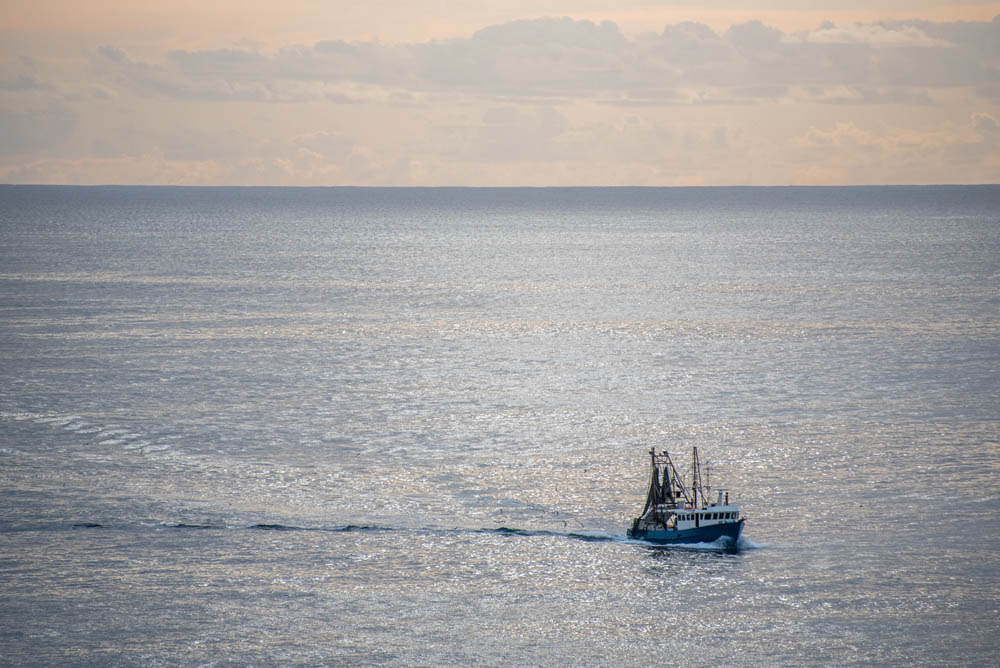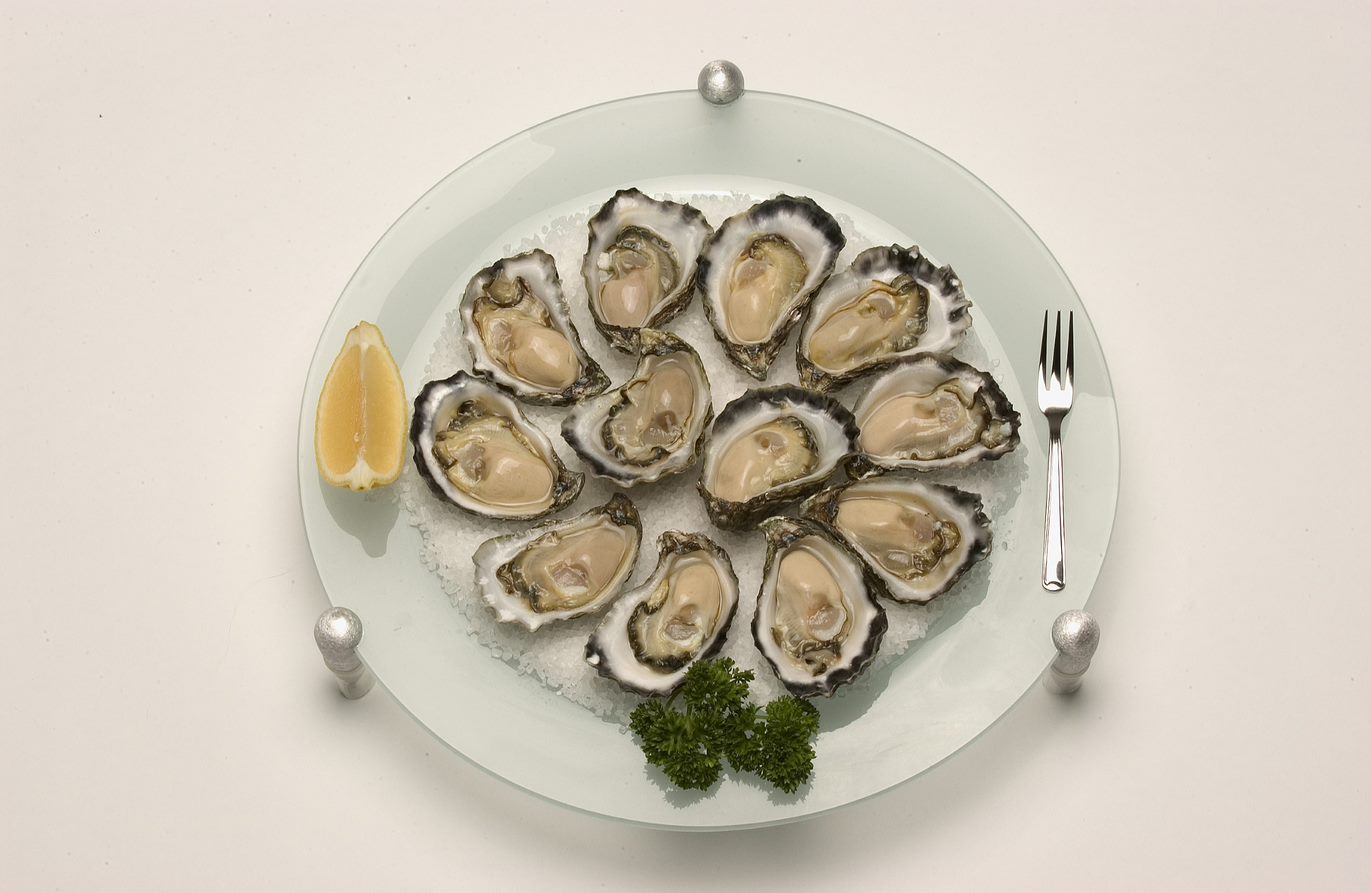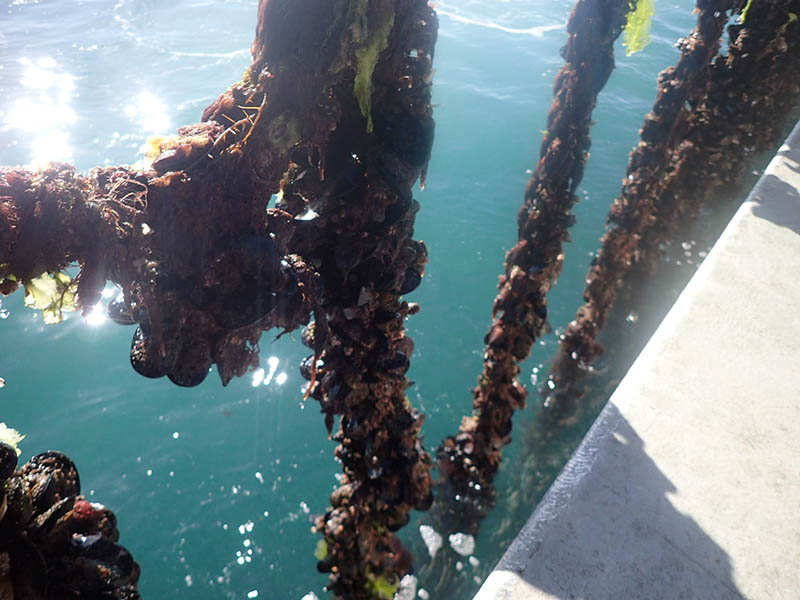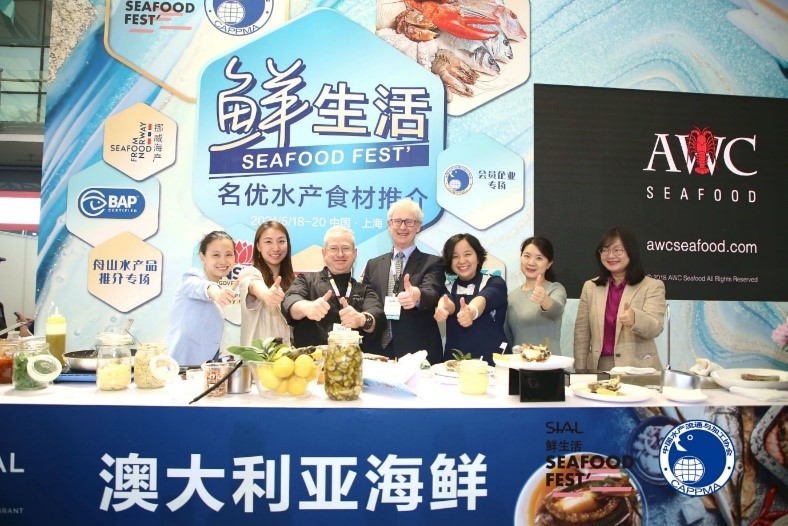- GVP $202.5 million est. Up 2% yoy.
- Aquaculture continued to increase its contribution to overall fisheries Output.
- The value of the wild harvest sector exceeded $100 million for fourth consecutive year.
Contribution of aquaculture and wild harvest sectors to total fisheries Output
- Wild Harvest
- Aquaculture

Wild Harvest
New South Wales fisheries are managed via limits on the allowable catch (maximum amount of a particular species that can be taken by commercial fishers) or effort (maximum amount of fishing effort (e.g. days) that can be used by commercial fishers). These controls ensure the long-term viability and sustainability of the NSW commercial fishing industry.
Commercial wild harvest Output
- Crustacean
- Fish
- Mollusc
- Other
- Grand total
Commercial wild harvest Output
- Estuary General
- Estuary Prawn Trawl
- Inland
- Ocean Hauling
- Ocean Trap & Line
- Ocean Trawl
- Southern Fish Trawl
- Abalone
- Sea Urchin & Turban Shell
- Lobster
- s37 Permit
- Grand total
Aquaculture
Despite these challenges, many sectors thrived. Murray Cod continued several years of strong growth to reach $7.5 million, up 16.8% year-on-year. Black Tiger Prawns reversed the trend of recent years – with production commencing in two refurbished farms, Output grew almost 3-fold year-on-year to a value of $9.9 million. Sydney Rock Oysters, although still the largest aquaculture sector by far, suffered under the conditions, down 5.3% year-on-year to $50.8 million.

Aquaculture Output 2019-20
-
Crustaceans
- Black Tiger Prawn
- Yabby
- Yabby (bait)
-
Freshwater Fish
- Barramundi
- Silver Perch
- Rainbow Trout
- Murray Cod
-
Hatchery species
-
Molluscs
- Sydney Rock Oyster
- Oyster Spat
- Pacific Oyster
- Native Oyster
-
Other species
Trade
NSW Fisheries Exports af
- Fish
- Crustaceans
- Molluscs
- Miscellaneous
The majority of NSW fisheries exports are fish related products, with various tuna species (Southern Bluefin, Yellowfin and Big Eye Tuna) and Atlantic Salmon alone making up 52% of overall exports, while crustaceans (including Rock Lobster) make up less than 1% of national exports. Nationally Lobster exports have fallen nearly 30% year-on-year and 49% from 2018-19 levels as the impact of China’s trade impositions in took effect. In contrast, exports to Hong Kong and Taiwan increased sharply year-on-year. Valued at approximately $3.9 million in 2020-21, wild caught Abalone made up 96% of NSW mollusc exports, with China, Japan, Hong Kong and Vietnam being the major destinations.
NSW is a net importer of seafood, with a massive net trade balance of $788 million in 2020-21, indicating the level of demand for seafood domestically. The main countries of origin for imported seafood were Vietnam, Thailand, New Zealand and China respectively although there were many other key import markets. Prawns, preserved tunas, mussels, fish and fish fillets were some of the key import products.
Murray Cod Aquaculture
Murray Cod aquaculture is a growth industry with huge potential benefits for regional areas. Over the last 10 years, production of Murray Cod in NSW has increased from 5 to 421 tonnes, with production value reaching $7.5 million in 2019-20. In order to sustain the growth in both production and value, new markets are being explored and developed, and will support regional jobs growth.

Murray Cod production
- Tonnes
- Value ($million)




